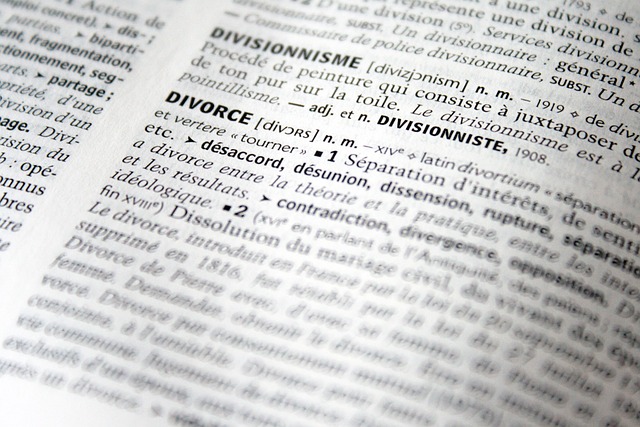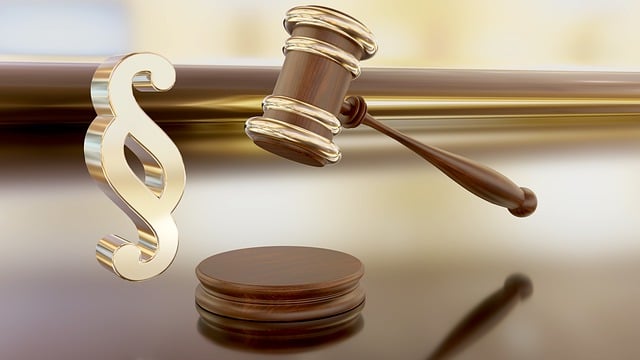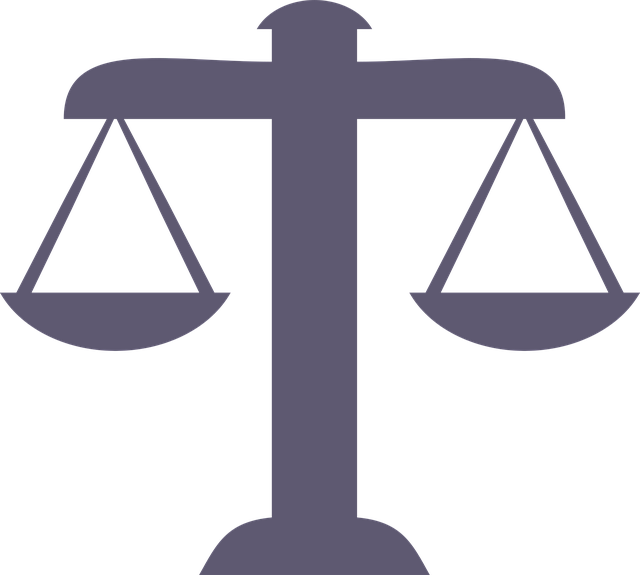Libel and slander are distinct forms of defamation: libel involves written false statements with lasting impacts, while slander is verbal communication that dissipates quickly. Understanding this difference is vital for legal protection and responsible communication strategies, especially in businesses and public discourse, to avoid potential lawsuits and safeguard reputations.
Litigation Types: Unraveling the Nuances of Libel and Slander
Words have power, and when they cause harm, legal repercussions can follow. This article delves into two distinct forms of defamation: libel and slander. We’ll explore the definition, legal implications, and key differences between these litigation types. From understanding the various forms slander can take to examining real-world examples, gain insights into how words can impact lives and the crucial distinction between libel and slander.
- Understanding Libel: Definition and Legal Repercussions
- Slander at a Glance: Types and Potential Consequences
- Key Differences: Libel vs. Slander in Depth
- When Words Cause Harm: Real-World Examples of Litigation
Understanding Libel: Definition and Legal Repercussions

Libel is a powerful legal term that refers to a false statement presented as fact, causing harm to an individual’s reputation. When someone makes a defamatory claim in writing, it is considered libel. This can include printed materials, digital content, or even broadcast media. The key aspect of libel is the publication of false information, which can lead to significant legal repercussions for the defendant. If proven, libel can result in substantial financial damages and orders to cease and desist further defamation.
Understanding the difference between libel and slander is crucial for both corporate and individual clients aiming to avoid indictment. While libel relates to written or published statements, slander involves verbal communication of false accusations. Both forms of defamation can have severe consequences, with legal systems recognizing their potential to cause emotional distress and damage a person’s professional reputation. Effective communication strategies that prioritize truth and accuracy are essential in navigating these complex issues, ensuring the respective business interests are protected.
Slander at a Glance: Types and Potential Consequences

Slander, a form of defamation, involves making false statements about an individual or entity that damages their reputation. Unlike libel, which is typically in written or permanent form, slander is spoken or oral and can be more fleeting. The key distinction between libel and slander lies in how the statement is conveyed; additionally, slanderous statements often lack the same lasting impact as libel, as they are not documented in writing.
There are several types of slander, including criminal, civil, and political slander. Criminal slander refers to statements that incite violence or criminal behavior against an individual. Civil slander involves damaging someone’s reputation, leading to financial loss or harm. Political slander is a common occurrence during elections, where candidates may face false accusations from opponents. Achieving extraordinary results in legal disputes often hinges on the unique facts of each case and the ability of lawyers to navigate these complexities, especially when defending against claims that could impact philanthropic and political communities.
Key Differences: Libel vs. Slander in Depth

The difference between libel and slander lies in the medium through which harm is expressed—one is written, while the other is spoken. Libel refers to the publication of false statements about an individual or entity, presented as facts, in a permanent form such as print or digital media. This includes books, newspapers, magazines, blogs, and social media posts. The harm in libel is lasting, as the content can continue to circulate indefinitely, causing damage to reputation and even affecting business opportunities for both corporate and individual clients.
On the other hand, slander involves verbal communication of false statements that harm a person’s reputation or integrity. Unlike libel, slander is transient, as it exists only in the moment it’s uttered and can be challenged or forgotten with time. However, the impact can be immediate, especially if the statement is made publicly. While both forms of defamation aim to damage an individual’s good name, the key difference lies in the lasting versus fleeting nature of the harm inflicted, with libel potentially leading to a complete dismissal of all charges against him or her, if proven false.
When Words Cause Harm: Real-World Examples of Litigation

In the realm of litigation, words can be powerful weapons, capable of causing significant harm. When statements are made with malicious intent or lack factual basis, they can lead to legal battles and, in extreme cases, achieve extraordinary results for those wronged. The line between fact and fiction is crucial here; what distinguishes a legitimate opinion from slander or libel? Slander refers to false spoken words that damage one’s reputation, while libel involves written or printed statements causing similar harm. For instance, across the country, there have been notable cases where individuals have successfully sought justice for libel and slander, securing complete dismissal of all charges against them. These real-world examples highlight the importance of responsible communication, especially in public domains, to avoid unintended legal repercussions.
Consider a scenario where a public figure is accused of unethical behavior without substantial evidence. If these allegations are disseminated widely and prove to be false, it could lead to libel lawsuits. Similarly, a business owner’s negative comments about competitors, made with knowledge of their falsity, might constitute slander. In both cases, the affected parties have legal recourse to protect their reputations. Such litigation not only seeks damages but also serves as a cautionary tale, emphasizing the responsibility that comes with public discourse and expression.
The article has explored the intricate world of litigation, focusing on two specific yet often misunderstood terms: libel and slander. By understanding the difference between these forms of defamation, individuals can better protect themselves from legal repercussions and navigate potential conflicts with awareness. Both libel and slander can have severe consequences, but recognizing their unique characteristics empowers us to exercise caution in our speech and writing. This knowledge is crucial in today’s digital age, where words can travel fast and far, ensuring that we remain mindful of the impact our communication has on others.






